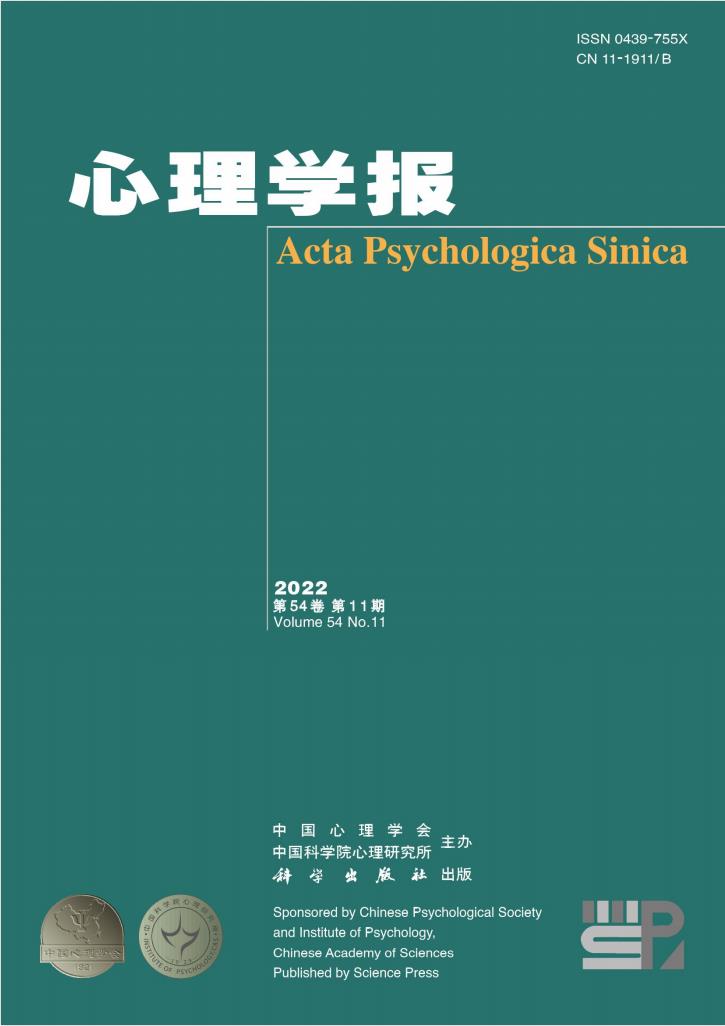皮亚杰发展任务量表(IPDT)的动态适应及其在低社会经济地位儿童中的应用
IF 1.3
4区 心理学
Q3 PSYCHOLOGY, MULTIDISCIPLINARY
引用次数: 1
摘要
社会经济地位低下对儿童的认知发展和学业成绩有不利影响。动态测试基于维果茨基的“近端发展区”(ZPD)概念,是对传统智力测试的有效和必要的补充。它可以更全面、准确地识别认知潜力,尤其是对低社会经济地位儿童。这种评估可以对尚未表现出良好认知表现但可能通过干预和评估过程表现良好的高潜力儿童进行分类。皮亚杰发展任务量表中的守恒域和关系域已被证明适用于小学低年级儿童的认知潜力评估。本研究的目的是构建一个基于小学高年级儿童IPDT的表征、分类和调节领域的动态测试。此外,将新开发的IPDT动态测试应用于低社会经济地位儿童的认知干预研究,以考察不同潜力的低社会经济状况儿童在推理认知干预后认知能力和学业成绩的改善。结果表明,参与者的通过率随着SES电位的变化而增加。测试前的分数,对不同潜在群体的儿童的Raven推理测试的测试后分数进行的ANCOVA。结果显示,各组的测试后得分不同。在干预组中,具有高潜力的低社会经济地位儿童的得分显著高于其他三个低社会经济能力组,但与具有高潜力、中等社会经济地位的儿童的表现没有显著差异。测试后的数学成绩也显示出类似的结果。对照组低SES儿童的得分显著低于中等SES儿童。此外,两个干预组的Raven测试的生长分数显著高于其他组。总之,根据我们的研究结果,可以得出两个结论:首先,在表征、分类和调节领域,修订的IPDT动态测试可以有效地评估儿童的认知潜力。其次,根据修订后的IPDT动态测试,推断认知干预对不同潜力的低社会经济地位儿童有不同的影响。干预后,儿童的认知能力和数学成绩均有不同程度的提高。具有高潜力的低社会经济地位儿童比具有低潜力的儿童受益更多。本文章由计算机程序翻译,如有差异,请以英文原文为准。
Dynamic adaptation of the Inventory of Piaget's Developmental Task (IPDT) and the application for children with low socioeconomic status
Low socioeconomic status (SES) has an adverse effect on children’s cognitive development and academic achievement. The dynamic test is based on the concept of Vygotsky's “Zone of Proximal Development” (ZPD), which is an effective and necessary supplement to the conventional intelligence test. It can identify the cognitive potential especially for children with low SES, more comprehensively and accurately. This assessment can classify high-potential children who have not yet shown good cognitive performance but are likely to perform well through the intervention and assessment process. The domains of conservation and relations in the Inventory of Piaget’s Developmental Task (IPDT) have been proved to be applicable to children’s cognitive potential assessment in the lower grade of elementary school. Purpose of this study was to construct a dynamic test based on the representation, classification, and regulation domains of the IPDT in senior primary school children. Furthermore, the newly developed IPDT dynamic test was applied to the cognitive intervention study of low SES children to examine the improvement of cognitive ability and academic achievement of low SES children with different potentials after the inferential cognitive intervention. the The results showed that the passing of the participants increased with the indicating that the changes of the SES potential. the pre-test scores, an ANCOVA performed on the post-test scores of Raven’s inference test in children of different potential groups. The results showed that the post-test scores among the groups were different. In the intervention group, the scores of the low SES children with high potentials were significantly higher than that of other three low SES groups, but withoutsignificant differences with the performance of middle SES children having high potentials. The post-test scores of math achievement also showed similar results. The scores of low SES children in control groups were significantly lower than those of middle SES children. In addition, the growth scores on Raven’s test of the two intervention groups were significantly higher than the other groups. In summary, according to the results of our research, two conclusions can be drawn: Firstly, the revised IPDT dynamic test in the domains of representation, classification, and regulation can effectively evaluate children’s cognitive potentials. Secondly, according to the revised IPDT dynamic test, it is inferred that cognitive intervention has different effects on low SES children with different potentials. After the intervention, children’s cognitive ability and math performance were improved in varying degrees. Low SES children with high potentials benefited more than children with low potential.
求助全文
通过发布文献求助,成功后即可免费获取论文全文。
去求助
来源期刊

心理学报
Psychology-Psychology (all)
CiteScore
1.70
自引率
13.30%
发文量
1612
期刊介绍:
Acta Psychologica Sinica (ISSN 0439-755X) is a scholarly journal sponsored by the Chinese Psychological Society and the Institute of Psychology, Chinese Academy of Sciences, and published monthly by the Science Press.
Acta Psychologica Sinica has been included in many important national and international indexing systems such as SCOPUS (Elsevier), ESCI (Web of Science), PsycINFO (APA), CSCD. It is the flagship journal of the Chinese Psychological Society that publishes peer-reviewed original empirical studies and theoretical articles spanning the entire spectrum of scientific psychology.
Acta Psychologica Sinica publishes high-quality research that investigates the fundamental mechanisms of mind and behavior and aims to deliver scientific knowledge to enhance our understanding of culture and society. It welcomes submissions of manuscripts reporting research that is up-to-date, scientifically excellent, and of broad interest and significance.
 求助内容:
求助内容: 应助结果提醒方式:
应助结果提醒方式:


